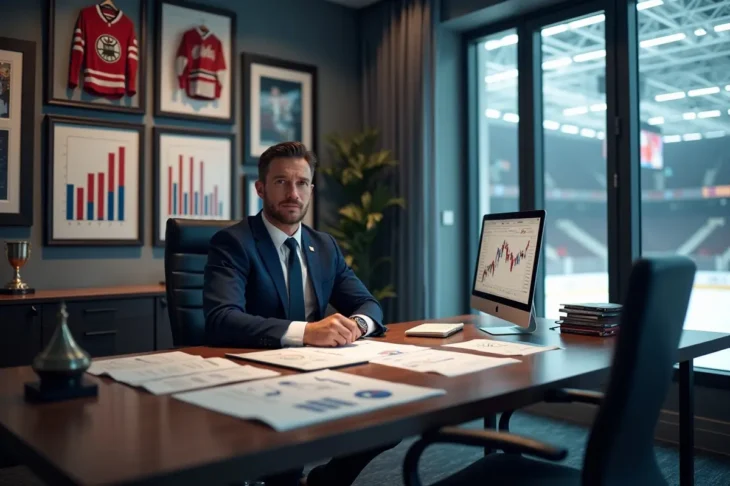
How to Negotiate the Best Price with a Used Car Dealer
Negotiating the best price with a used car dealer can seem daunting, but with the right approach and preparation, you can secure a great deal. Whether you’re a seasoned negotiator or a first-time car buyer, these tips will help you navigate the process confidently and effectively. Here’s how to get the best price when buying a used car from a dealer.
1. Do Your Research
Know the Market Value
Before visiting a used car dealer Rayleigh, it’s crucial to know the market value of the car you’re interested in. Use online resources such as Auto Trader, Parkers, and What Car? to find the average prices for the make, model, year, and condition of the car you want.
Understand the Car’s History
Check the car’s history using services like HPI Check or the AA’s Vehicle History Check. This will provide you with essential information about the car, such as previous ownership, accident history, and any outstanding finance.
Compare Multiple Listings
Look at several listings for the same car model to understand the price range. This knowledge will give you a solid foundation for negotiations and help you identify a fair price.
2. Set Your Budget
Determine Your Maximum Price
Decide on the maximum amount you’re willing to spend on the car. This should include not just the purchase price but also additional costs such as insurance, tax, and any potential repairs.
Stick to Your Budget
It’s easy to get carried away during negotiations, but sticking to your budget is crucial. Be prepared to walk away if the dealer can’t meet your price.
3. Inspect the Car Thoroughly
Check the Car’s Condition
Inspect the car carefully, both inside and out. Look for signs of wear and tear, check the tyres, test all the lights and electronics, and ensure there are no obvious mechanical issues.
Take a Test Drive
Always take the car for a test drive. Pay attention to how it handles, any unusual noises, and the overall comfort. This is your chance to identify any potential issues that might not be visible during a static inspection.
Get a Professional Inspection
If you’re not confident in assessing the car’s condition yourself, consider getting a professional mechanic to inspect it. This can give you leverage in negotiations if any problems are found.
4. Be Prepared to Negotiate
Start with a Lower Offer
Begin negotiations with a lower offer than your maximum price. This gives you room to manoeuvre and makes the dealer feel like they’re getting a concession when you raise your offer slightly.
Highlight Any Issues
If you’ve identified any issues with the car, use them as bargaining points. For example, if the tyres need replacing or there’s a minor dent, mention these and ask for a discount.
Be Confident but Polite
Approach negotiations with confidence but remain polite and respectful. Building a good rapport with the dealer can sometimes lead to a better deal.
5. Leverage Timing
End-of-Month and Year Sales
Dealers often have sales targets to meet, so negotiating at the end of the month or year can work to your advantage. They may be more willing to lower the price to close a sale and meet their quotas.
Consider the Season
Certain times of the year can affect car prices. For example, convertibles may be cheaper in winter, and four-wheel drives might be less expensive in the summer. Timing your purchase can help you get a better deal.
6. Be Aware of Dealer Tactics
Watch for Add-Ons
Dealers may try to include additional features or services that you might not need, such as extended warranties, paint protection, or gap insurance. Be clear about what you do and don’t want, and ensure these add-ons don’t inflate the price unnecessarily.
Question Financing Offers
If the dealer offers financing, compare their rates with those from your bank or other lenders. Sometimes dealer financing can be more expensive, so it’s worth shopping around.
Beware of the “Good Cop, Bad Cop” Tactic
Some dealerships use the “good cop, bad cop” tactic, where one salesperson seems difficult, and another steps in to appear more helpful. Recognise this strategy and stay focused on your goal of getting the best price.
7. Get Everything in Writing
Detailed Agreement
Once you’ve agreed on a price, ensure all the details are put in writing. This should include the final price, any agreed repairs, warranties, and the terms of sale.
Review Before Signing
Carefully review the contract before signing. Make sure there are no hidden fees or unexpected terms. If anything is unclear, ask for clarification.
8. Be Ready to Walk Away
Know When to Leave
If the dealer isn’t willing to meet your price or if you feel pressured, be prepared to walk away. There are plenty of used cars available, and it’s better to wait for the right deal than to settle for a bad one.
Follow Up Later
Sometimes walking away can lead to a better offer. If the dealer contacts you later with a better price, you can reconsider. Patience can be a powerful negotiating tool.
Conclusion: Drive Away with Confidence
Negotiating the best price with a used car dealer requires preparation, confidence, and a willingness to stand your ground. By doing your research, setting a clear budget, inspecting the car thoroughly, and being aware of dealer tactics, you can ensure you get a fair deal. Remember, the key to successful negotiation is knowledge and confidence. Armed with these tips, you’ll be well-prepared to secure the best price for your next used car.

